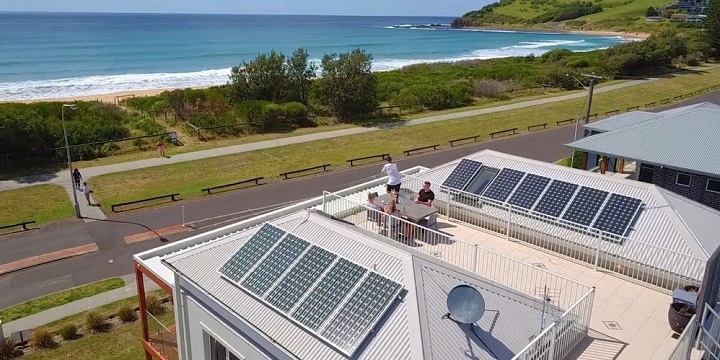
On July 11, the U.S. Department of Energy announced that it will be, for the first time ever, forecasting energy production from small-scale solar panel systems, such as the ones installed on residential rooftops.
Most energy investors are aware that the Energy Department releases monthly energy forecasts that breakdown inventories of crude oil and natural gas. They also offer projections for energy and power use. Now, the monthly forecast will include a new source of power in the United States: rooftop solar.
According to the department, the forecast will look at capacity additions by systems with a capacity of fewer than one megawatts. Based on the agency’s expectations, capacity for these small-scale systems could grow from 14,300 megawatts in April of 2017 to 21,900 megawatts by the end of next year, which is likely to consist of additions to residential rooftop solar power. Additionally, power generation from small-scale solar is predicted to increase by roughly 70% by 2018, from 19.5 million megawatt hours in 2016 to 32.9 million megawatt hours by next year.
In the meantime, according to the Energy Department, natural gas prices are thought to increase this year from their almost 20-year low of $2.51 per million British thermal units to $3.50. If there are higher prices, this is likely to cause a decline in natural gas generation and put it in a photo finish with coal generation, with each adding 31% of the country’s power.
Not including hydropower, renewable energy is expected to supply 10% of the country’s power by next year.
Featured Image: Twitter







